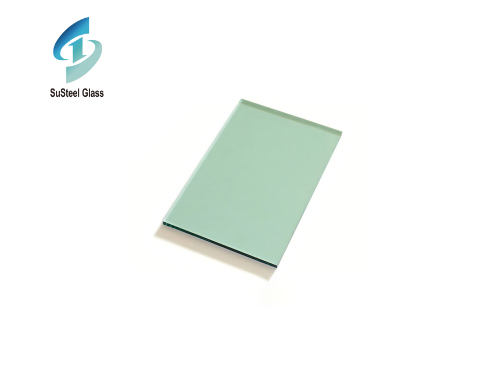
Bulletproof glass is made of ordinary glass with special processing. It is more and more widely used in modern architectural design and has become an indispensable accessory. In special applications, bullet-proof glass is required to have certain high temperature resistance characteristics. The current technological level in some areas makes bullet-proof glass can reach the temperature resistance range: 200~1600 degrees Celsius. Explosion-proof glass is a higher performance level of bulletproof glass, which can protect against more than a slight impact of the attack, the temperature range of explosion-proof glass can reach 1600 degrees Celsius.
 High Purity Tin Ingot: Essential Uses and Key Advantages
High Purity Tin Ingot: Essential Uses and Key Advantages
 Burglar-Resistant Glass: Enhancing Security and Peace of Mind
Burglar-Resistant Glass: Enhancing Security and Peace of Mind
 Exploring the World of Green Tinted Glass Products: Versatility and Sustainability
Exploring the World of Green Tinted Glass Products: Versatility and Sustainability


